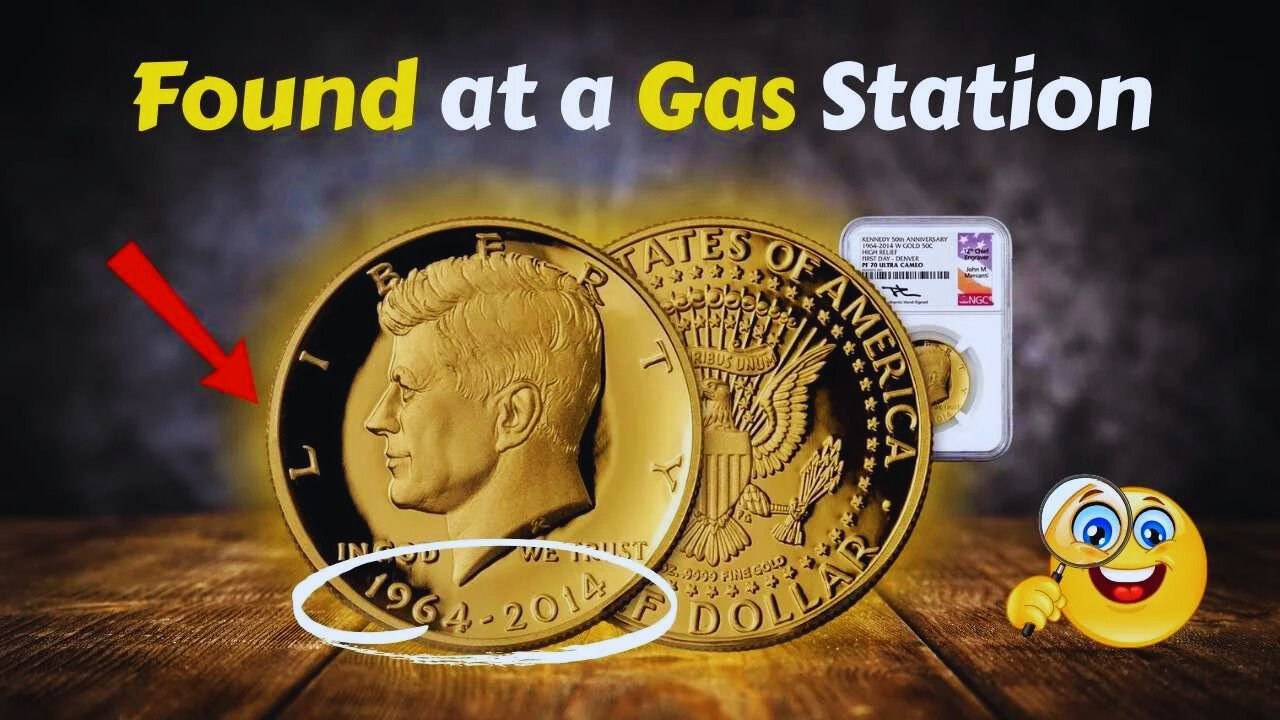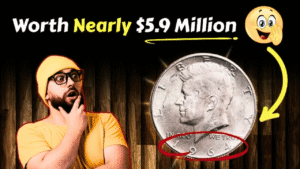Imagine stopping for coffee and finding a coin that’s worth thousands. It sounds like a dream, but it happened to me. A worn-out penny from a gas station sparked a journey into coin collecting. Here’s how a simple coin became a life-changing treasure.
The Day It All Started
A Routine Stop
It was a chilly Monday when I grabbed coffee at a gas station. I paid with cash and got some change. One coin felt different—old, heavy, and oddly captivating.
The Coin That Caught My Eye
Among the shiny quarters, a dark, weathered penny stood out. Its date read 1909. I’d never seen a coin that old. Instead of tossing it, I kept it, curious about its story.
Uncovering a Hidden Gem
Researching the Mystery
That night, I searched online about old pennies. My coin was a 1909 Lincoln Wheat Penny, the first year these coins were minted. Some carry “VDB” initials, making them collector’s gold. Even regular ones are worth more than a cent.
Why Certain Coins Are Valuable
Not every old coin is a jackpot, but some are prized for:
- Year: Dates like 1909, 1914, or 1943 are rare.
- Mint Marks: Look for “S” (San Francisco) or “D” (Denver).
- Errors: Double dies or misprints skyrocket value.
- Condition: A well-preserved coin can fetch hundreds.
| Coin Type | Key Dates | Potential Value |
|---|---|---|
| 1909-S VDB Wheat Penny | 1909 | $1,000–$100,000+ |
| 1943 Steel Penny | 1943 | $10–$500+ |
| 1955 Double Die Penny | 1955 | $1,000–$50,000+ |
Visiting a Coin Expert
The Coin Shop Experience
I took my penny to a local coin shop. The dealer used a magnifying glass and confirmed it was a 1909 Wheat Penny. It wasn’t the rarest, but he offered $75 on the spot. I kept it, wanting to hold onto my first treasure.
Learning About Grading
The dealer taught me about coin grading:
- Good (G): Worn but readable.
- Fine (F): Clear details, some wear.
- Mint State (MS): Nearly perfect, high value.
My penny was in “Fine” condition, making it collectible but not a fortune.
A New Passion Ignited
From Coin to Hobby
That penny sparked a love for coin collecting. Now, I check every coin I get. I’ve found other treasures, like a 1969-S penny worth $20. It’s thrilling to hunt for history in pocket change.
Tips for Beginner Collectors
- Inspect Change: Always check dates and mint marks.
- Use a Magnifier: Small details can mean big value.
- Learn Key Dates: Focus on years like 1909, 1943, or 1955.
- Store Safely: Use coin holders to protect finds.
- Join Communities: Online forums share tips and finds.
The Bigger Lesson
Hidden Treasures Everywhere
This penny taught me to notice the small things. Coins aren’t just money—they’re history. Each one has a story, from the hands it passed through to the era it represents.
A Reminder to Stay Curious
That gas station find changed how I see everyday moments. A single coin turned into a hobby, knowledge, and a new perspective. It’s proof that treasures hide in plain sight.
FAQs About Rare Coins
What Makes a Coin Valuable?
Rarity, condition, mint marks, and errors drive value. Key dates like 1909-S or 1943 are highly sought after.
How Do I Know If My Coin Is Rare?
Check the year, mint mark (like “S” or “D”), and any errors. Use online guides or visit a coin dealer.
Can I Still Find Valuable Coins in Circulation?
Yes! Wheat Pennies and rare nickels occasionally appear in change, especially at small shops or gas stations.
What’s the Most Valuable Wheat Penny?
The 1909-S VDB is the holy grail, sometimes worth over $100,000 in top condition.
How Should I Store My Coins?
Use acid-free holders or albums to prevent damage. Avoid cleaning coins, as it lowers their value.
Start Your Treasure Hunt
That 1909 penny changed my life—not with riches, but with wonder. Check your change, visit a coin shop, or join a collector’s group. You never know when a simple coin could spark your own adventure. What’s in your pocket right now?




